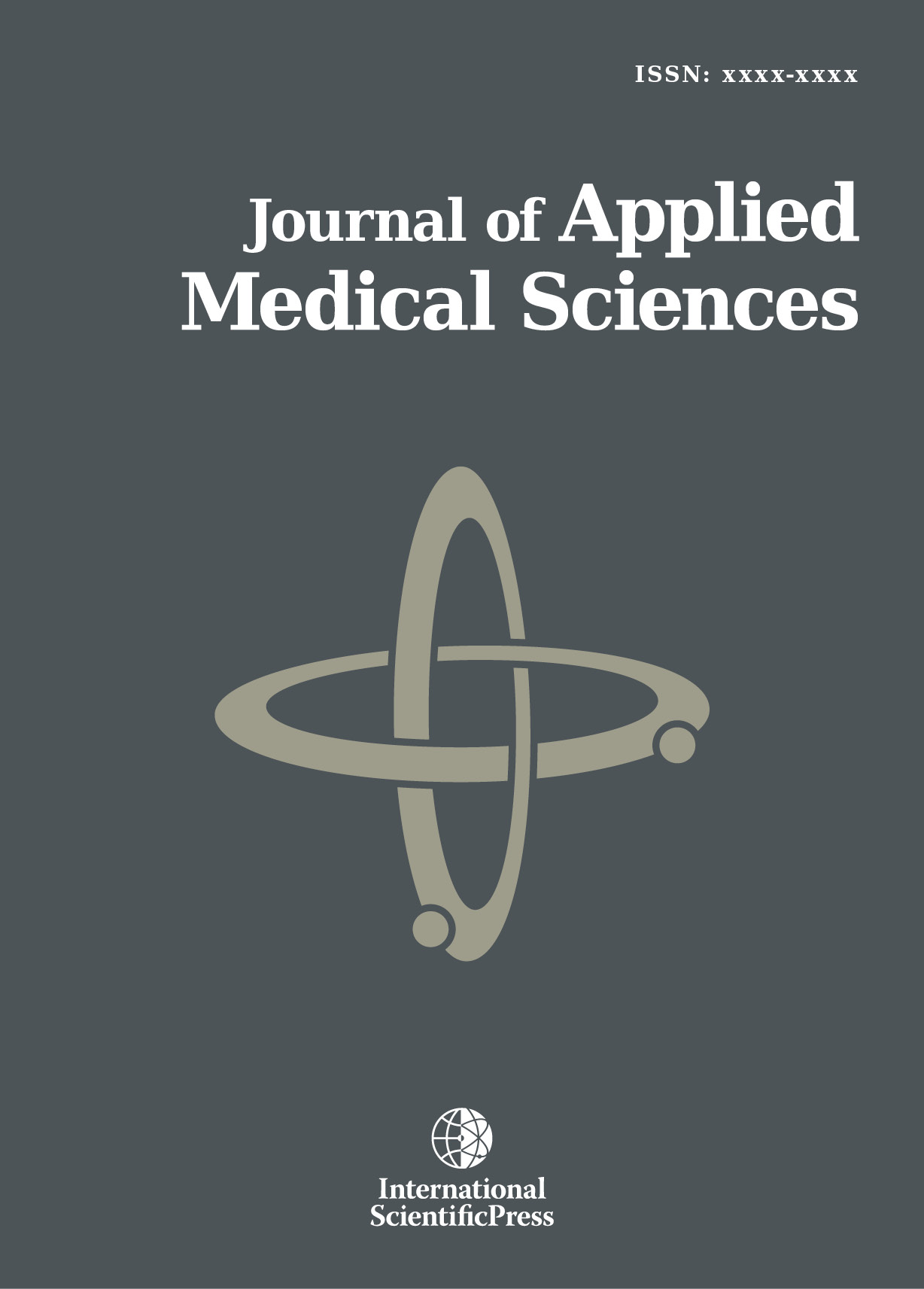Journal of Applied Medical Sciences
Patterns of Work-related Musculoskeletal Disorders among Sonographers in selected Health Facilities in Nigeria
-
 [ Download ]
[ Download ]
- Times downloaded: 11581
-
Abstract
Work-related Musculoskeletal Disorders (WMSDs) are the most common work-related health problems in the World, affecting millions of workers. Health professionals are also vulnerable to WMSDs during the course of routine work especially those who are in direct contact with patients. The literature on WMSDs is scarce in Nigeria, especially with regards to sonographers. This study therefore set out to determine the prevalence and patterns of WMSDs among sonographers in Nigeria. A total of 55 self-administered structured questionnaires were distributed to sonographers. Items covered included types of examination performed, time spent daily/ weekly, duration of examination, average number of examination done daily, etc as related to the types of symptoms experienced by the sonographers and the measures taken to alleviate the symptoms. Descriptive statistics of means, standard deviations and percentages were obtained and strengths of correlations of measured parameters were tested using the Pearson’s Product moment correlation coefficient statistics. Alpha level was set at 0.05significant level. The total of fifty-one respondents which included thirty-five (69.6%) males and sixteen (31.4%) females ultrasonographers were studied. The ages ranged between 25- 60 years. The mean weight and height of all the respondents were 74.3± 11.7kg and 1.66± 0.25m respectively. All 51 respondents reported varying degrees of WMSDs which they associated with tasks of scanning. There was a high preponderance of back pain [upper and lower] (41%) and wrist joint (27%) respectively among other areas of the body. Symptoms manifested ranged from weakness, movement restriction (stiffness) to tingling sensation. The study recorded high prevalence of WMSDs among Nigerian sonographers with back region and the wrist joints respectively worse affected by symptoms. Age of sonographers was found to be an internal risk factor associated with affected anatomical sites. Physical risk factors like lack of rest breaks, heavy work-loads, and use of facilities that are not ergonomic were identified as mainly contributing to WMSDs.
